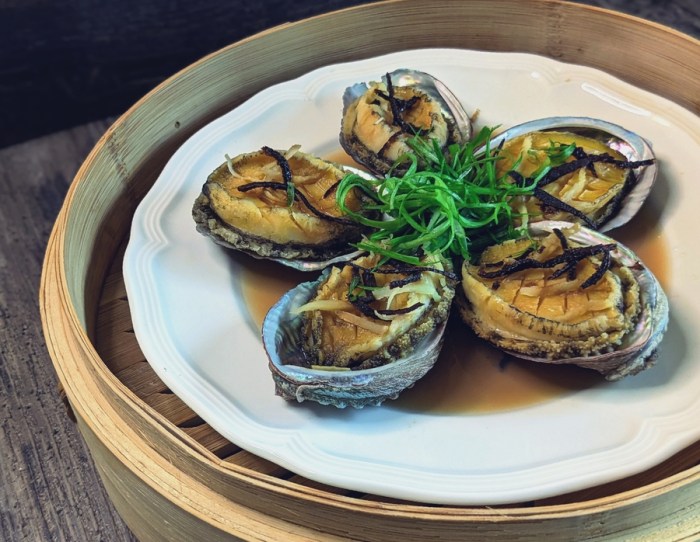Yo fam, if you wanna know how to cook dried abalone Chinese style, I got you covered. This ain’t your average recipe, this is gonna take your cooking game to the next level. So sit tight and listen up, ’cause I’m about to drop some serious knowledge on you.
Tips for Cooking Dried Abalone

When cooking dried abalone, it’s important to first soak it in water for at least 24 hours to rehydrate it. This will ensure that the abalone becomes tender and juicy when cooked. Don’t rush this step, as it’s crucial for the texture of the final dish.
What Do You Mean by Chinese Style?
When we talk about cooking abalone Chinese style, we’re referring to the traditional methods used in Chinese cuisine. This usually involves braising the abalone in a flavorful sauce made with ingredients like soy sauce, ginger, and garlic. The result is a dish that is rich in umami flavor and incredibly delicious.
What is Known About Dried Abalone?: How To Cook Dried Abalone Chinese Style
Dried abalone is a delicacy in Chinese cuisine that is prized for its unique texture and flavor. It is often used in festive dishes and special occasions, as it is considered a luxury ingredient. When cooked properly, dried abalone becomes tender and chewy, with a rich umami taste that is truly unforgettable.
Yo, if you wanna know how to decorate window candle craft, check out this dope guide: how to decorate window candle craft. It’s gonna give you some fresh ideas to make your crib look extra cozy and lit!
Solution for Cooking Dried Abalone

To cook dried abalone Chinese style, you will need to first rehydrate the abalone by soaking it in water. Once it has softened, you can braise it in a flavorful sauce until it is tender and juicy. The key is to cook it low and slow to allow the flavors to develop and the abalone to become perfectly cooked.
Detail Information on Cooking Dried Abalone
When cooking dried abalone, it’s important to keep an eye on the cooking time to ensure that it doesn’t become overcooked and tough. The abalone should be cooked until it is tender and easily pierced with a fork. This can take anywhere from 1-2 hours, depending on the size and thickness of the abalone.
Describing in Depth the Cooking Process
To cook dried abalone Chinese style, start by soaking the dried abalone in water for at least 24 hours. Once it has rehydrated, drain the abalone and place it in a pot with your braising sauce. Bring the sauce to a simmer, then reduce the heat and let the abalone cook low and slow until it is tender. Serve the abalone with the sauce spooned over the top for a truly decadent dish.
Conclusion
In conclusion, cooking dried abalone Chinese style is a labor of love that requires time and patience. But the end result is well worth the effort, as you’ll be rewarded with a dish that is rich in flavor and incredibly satisfying. So next time you’re looking to impress your guests or treat yourself to something special, give this recipe a try and prepare to be amazed.
FAQs

Q: Can I use fresh abalone instead of dried?
A: While fresh abalone can be used in this recipe, the dried version is preferred for its unique texture and flavor.
Q: Can I substitute the braising sauce with a different flavor profile?
Yo, looking to spice up your crib with some dope decorations? Check out this sick guide on how to decorate window candle craft. It’s gonna level up your window game and give your place that extra flair. Get ready to impress your homies with your mad decorating skills!
A: Feel free to experiment with different sauces to suit your taste preferences, but the traditional Chinese braising sauce is recommended for the most authentic flavor.
Q: How long can I store dried abalone for?
A: Dried abalone can be stored in a cool, dry place for up to a year. Be sure to check for any signs of spoilage before using.
Q: Can I freeze cooked abalone?
A: Cooked abalone can be frozen for up to 3 months, but be sure to thaw it properly before reheating to avoid a change in texture.
Q: Is dried abalone expensive?
A: Dried abalone is considered a luxury ingredient and can be quite expensive, but the flavor and texture it adds to dishes make it well worth the cost.
